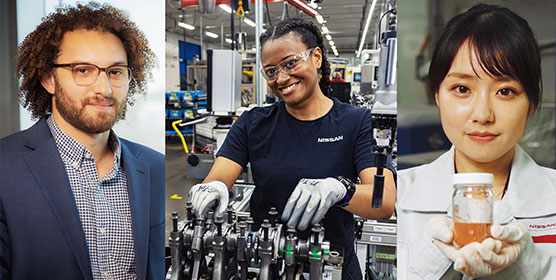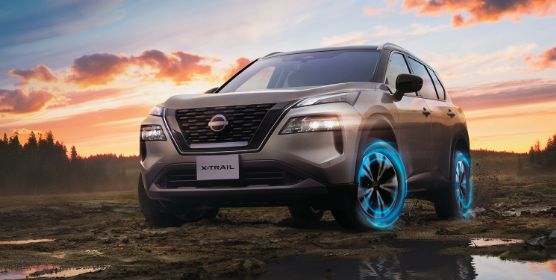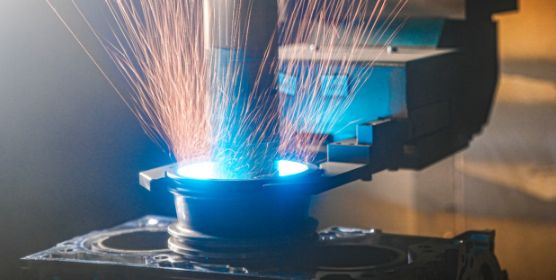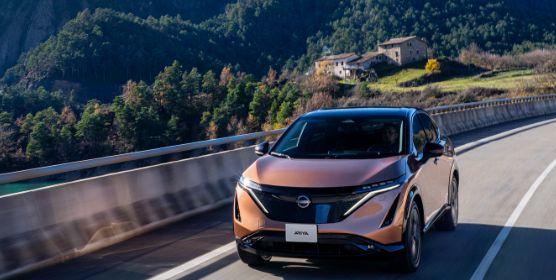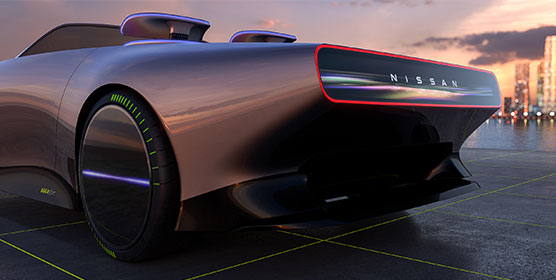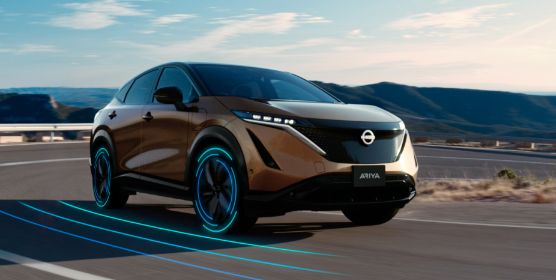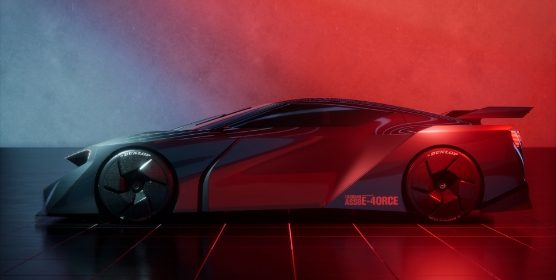Nissan Intelligent Factory
Innovative manufacturing technologies aim to help company achieve carbon neutrality by 2050
Nissan introduced a production line at its plant featuring the Nissan Intelligent Factory initiative. This unique initiative supports the manufacture of next-generation vehicles using innovative technologies and contributes to the realization of carbon neutrality.
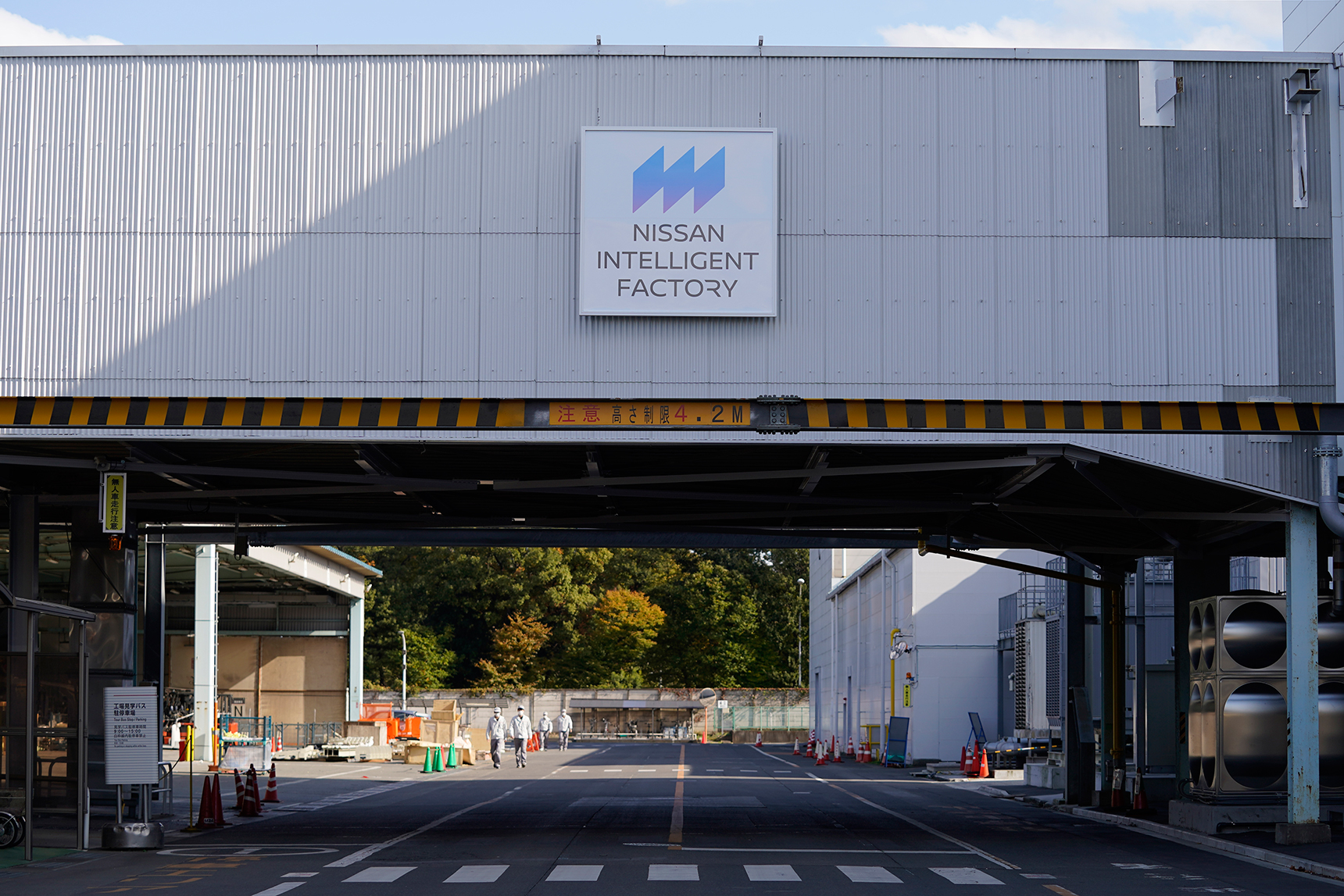
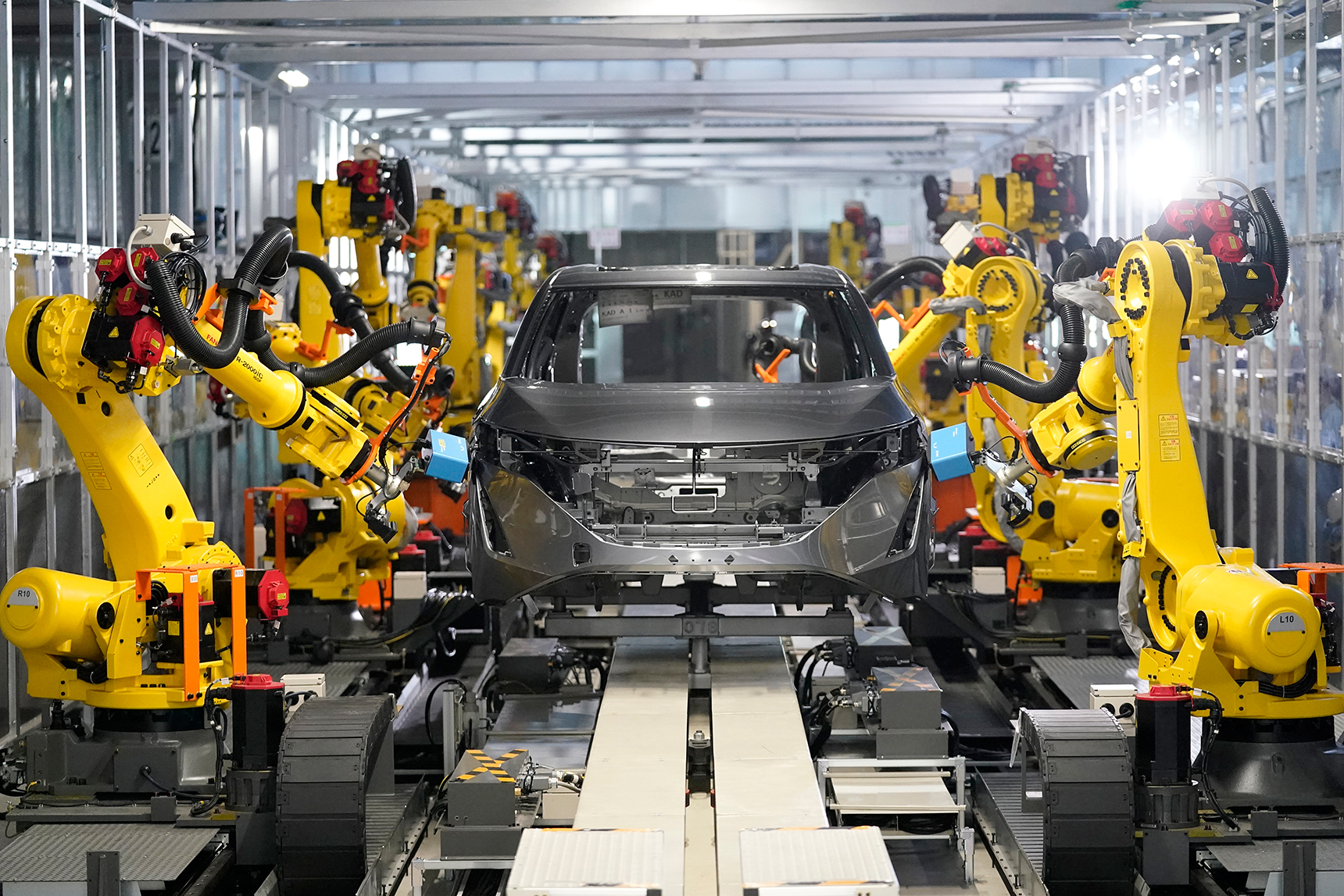
Nissan Intelligent Factory
Since
its
foundation,
Nissan
has
honed
its
ability
to
manufacture
vehicles
through
high
quality
and
highly
efficient
production
processes
and
the
superb
skills
of
the
company’s
takumi
(master
technicians).
However,
the
business
environment
surrounding
manufacturing
is
undergoing
major
changes.
In
Japan,
there
is
a
need
to
break
away
from
conventional
labor-intensive
manufacturing
to
cope
with
an
aging
society
and
serious
labor
shortage.
Unforeseen
situations,
such
as
climate
change
and
pandemics,
also
need
to
be
managed.
At
the
same
time,
industry
trends
in
electrification,
vehicle
intelligence
and
connected
technologies
are
making
vehicle
structure
and
functionality
more
advanced
and
complex.
Nissan
introduced
the
Nissan
Intelligent
Factory
initiative
at
its
plant
to
respond
to
these
needs
and
trends.
Nissan
Intelligent
Factory
enables
Nissan
to:
- Use robots that have inherited the skills of takumi to manufacture next-generation vehicles; of the highest quality,
- Create an improved environment where a wide range of people can work comfortably, and;
- Realize a zero-emission production system, thereby accelerating efforts to achieve a decarbonized society.
Pillars of the Nissan Intelligent Factory
1) Building the future of mobility: Response to CASE
Nissan aims to innovate its production lines to produce next-generation vehicles which will be electrified, intelligent and connected with more advanced and complex technologies.
2) Bringing craftsmanship to robots: Manufacturing at the highest quality
The refined skills of takumi will be taught to robots. Takumi will support the manufacture of high quality vehicles by further improving the workplace and focusing on new, unexplored areas of expertise that cannot be automated.
3) Making better workplaces with robots
Nissan will work to create an environment in which it is easy to work by using robots to help with difficult tasks. Nissan will also continue to diversify work styles to make manufacturing plants where women and the elderly can work with greater ease.
4) Zero-emission production system
To achieve carbon neutrality by 2050, Nissan aims to completely electrify all production equipment and switch to full use of renewable and or alternative energy sources.
Innovative technologies
The main technologies are as follows (figures in parentheses denote those applicable to the above pillars):
Simultaneous Underfloor Mounting Operation (SUMO) (1, 3)
- Multiple powertrain components that were conventionally mounted through labor-intensive, multiple processes are now batch-mounted from a pallet.
- The two-layer structure of the pallet, divided into front, center, and rear, allows 27 different module combinations (3 x 3 x 3) in a single facility.
- Real-time vehicle position measurement and highly accurate (±0.05 mm) component position correction is used.
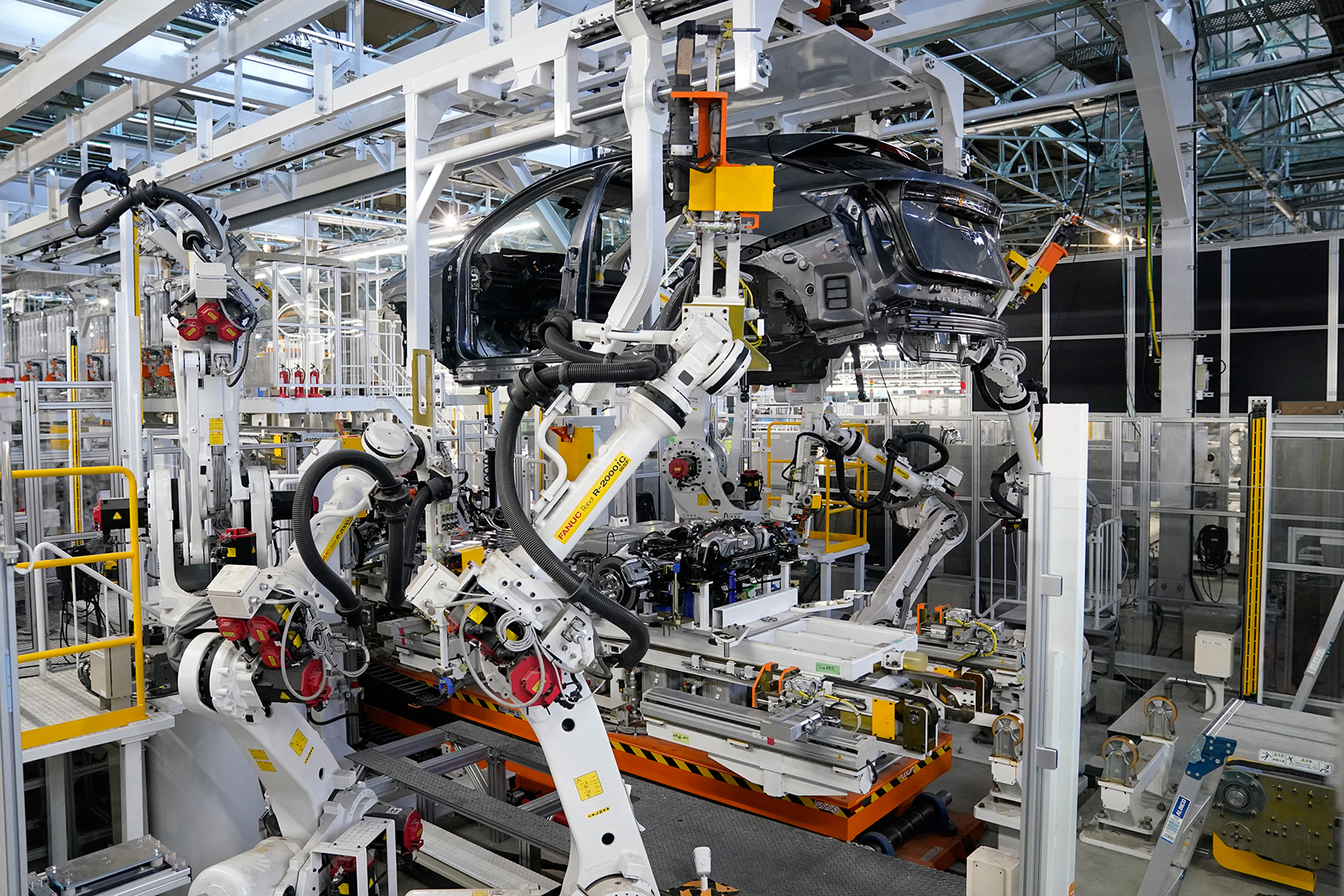
Automated tightening and alignment of suspension links (2, 3)
- A process that used to require manual installation with multiple processes has been refined to a single process with automated alignment adjustment.
- High-load work that requires high torque during tightening has been fully automated.
- Adjustment by robot, with an accuracy of 0.1°, ensures high-precision alignment beyond that produced by takumi.
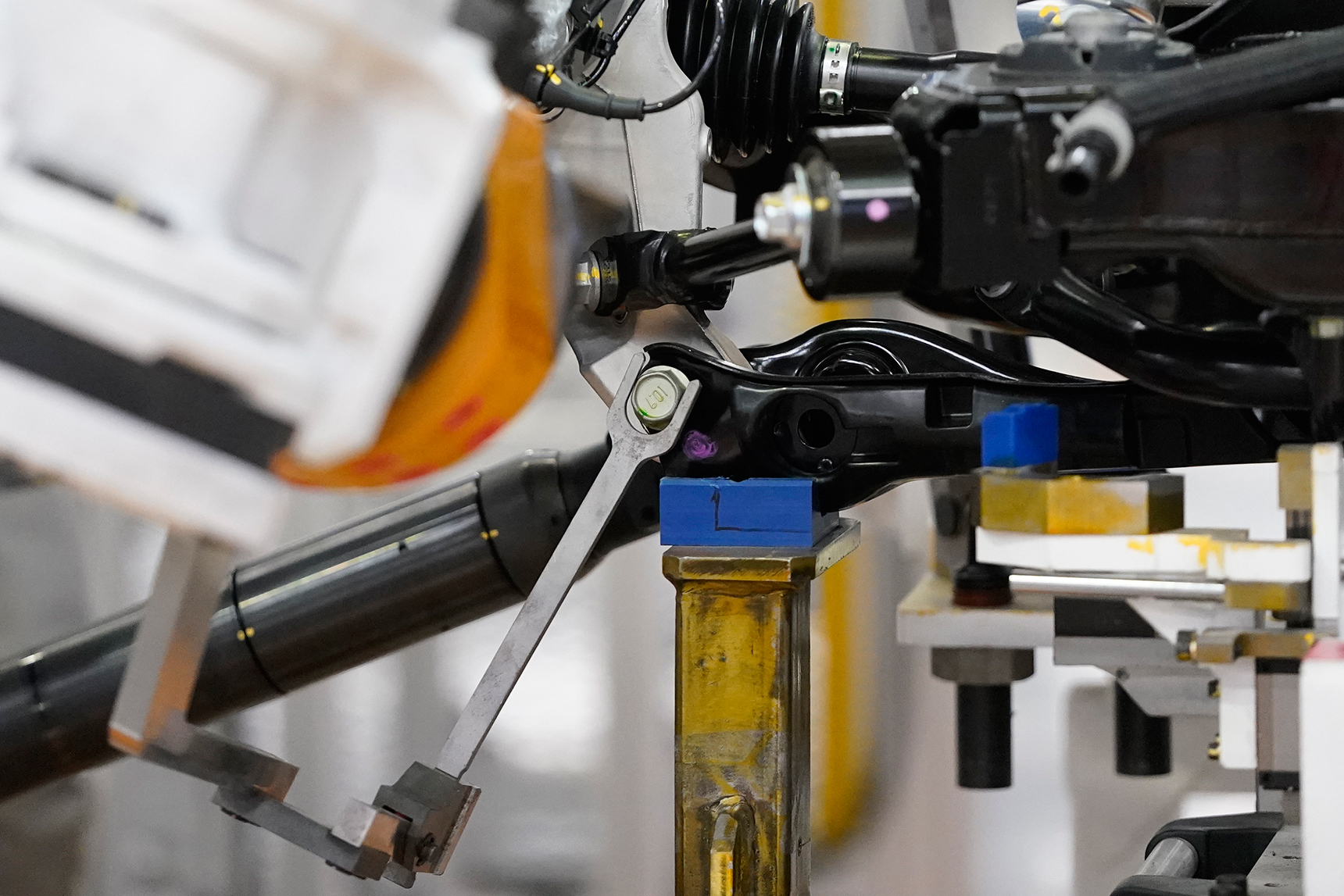
Automated headliner installation (2, 3)
- Automation of a process that conventionally requires working in a high-load position. In addition, headliner weight is increasing due to the addition of intelligent and connected parts.
- The installation of soft parts, which was previously difficult to automate, has been automated by transferring takumi skills to robots.
- Automated clip insertion, which usually requires use of delicate sensing with the fingers, has been realized by using a force sensor to check insertion force in real time.
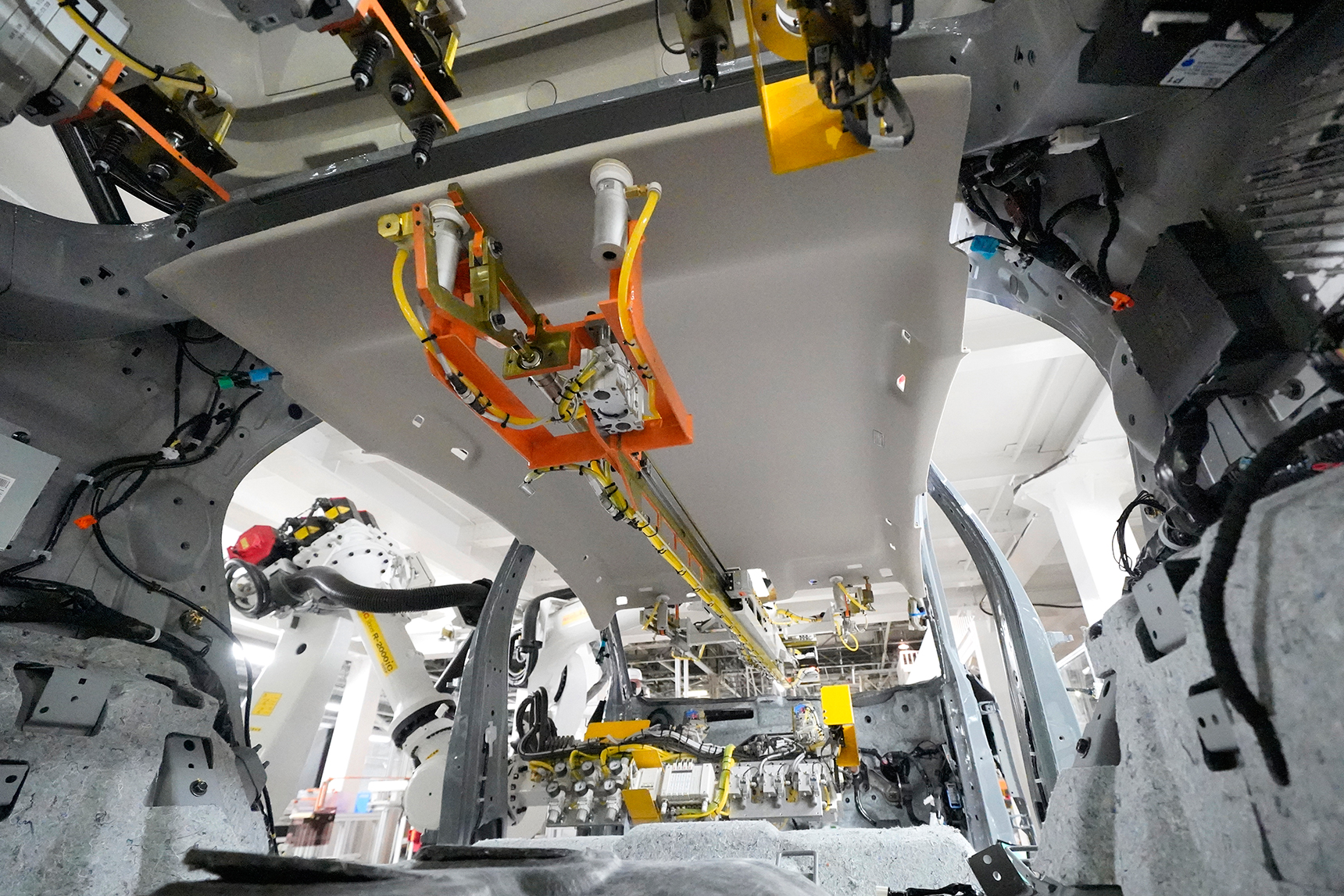
Automated cockpit module installation (2)
- Robots reproduce the high-level skills of takumi to control variations and left-right differences during installation.
- For a well-proportioned and seamless cockpit, a high-speed vision system precisely measures dimensions and corrects the position in ±0.05 mm increments.
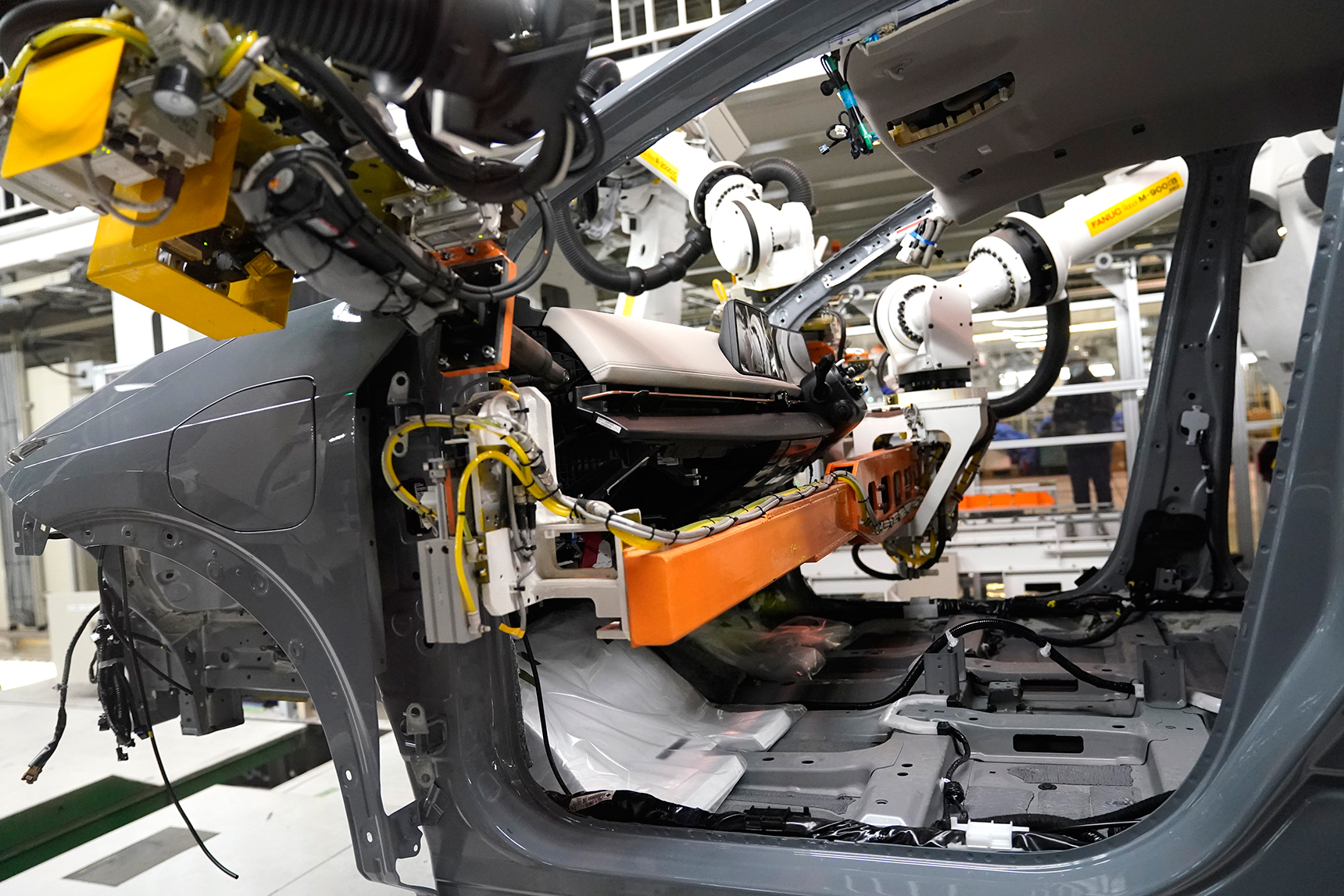
New dimple welding method (1)
- Dimple welding reduces the flange width of the door sash (window frame) by 4.5 mm, producing a better view for the driver.
Electrical systems that respond to increasing vehicle intelligence (1)
- The increase in vehicle intelligence has in turn increased the amount of data that needs to be written. To meet this need, the writing stage has been expanded and the communication speed has been increased by 20 times.
Automated eight-pole winding field motor (magnetless) (1)
- Nozzle type high precision winding device winds wires at high speed with high precision and high density.
- Winding eight motors simultaneously enables mass production.
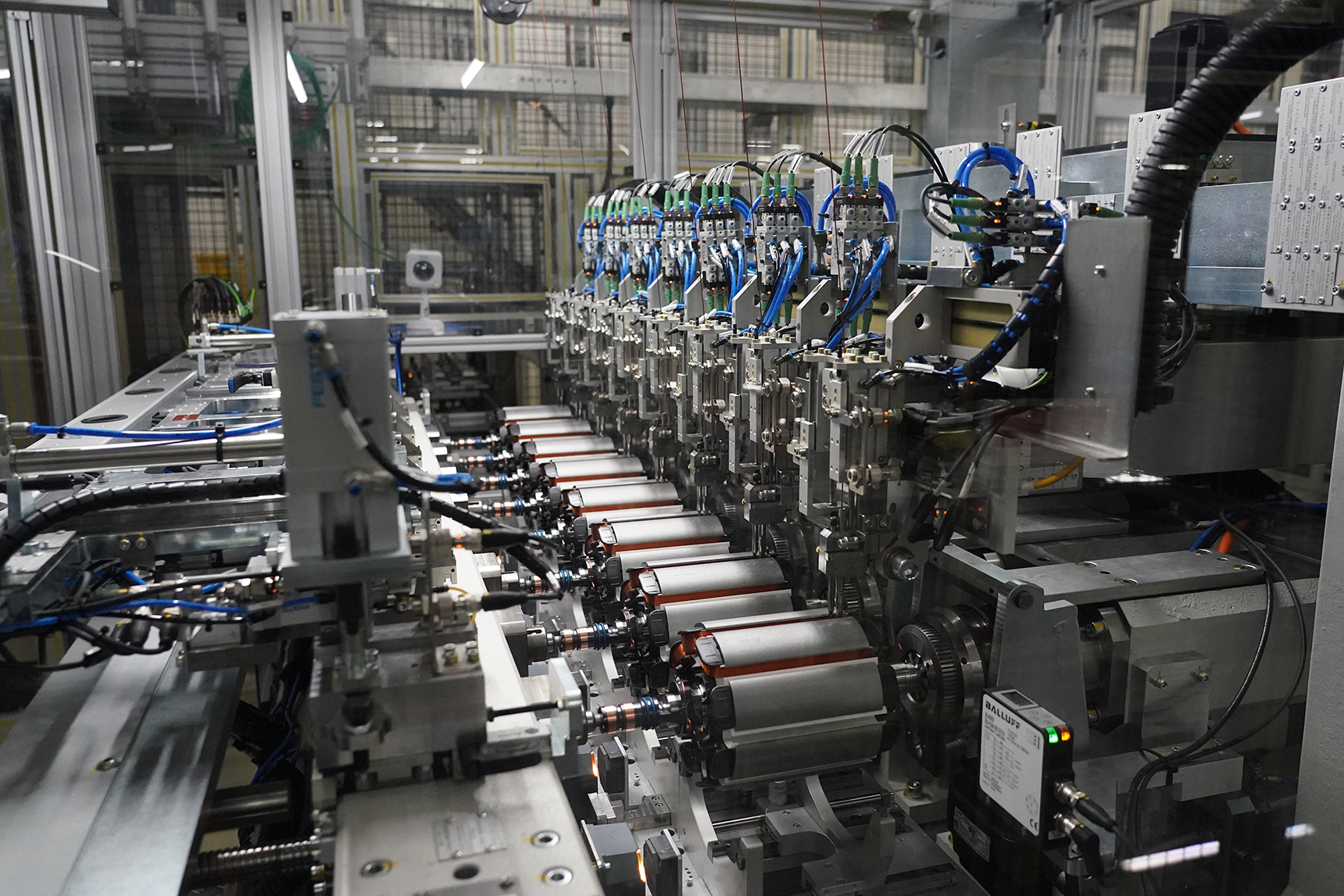
Automated paint inspection (1, 2)
- Eleven robots inspect the body and bumper, achieving 100 percent detection of dust and debris (up to 0.3 mm in diameter).
- Eleven robots inspect the body and bumper, achieving 100 percent detection of dust and debris (up to 0.3 mm in diameter).
- Inspectors can check the inspection results with a smart device.
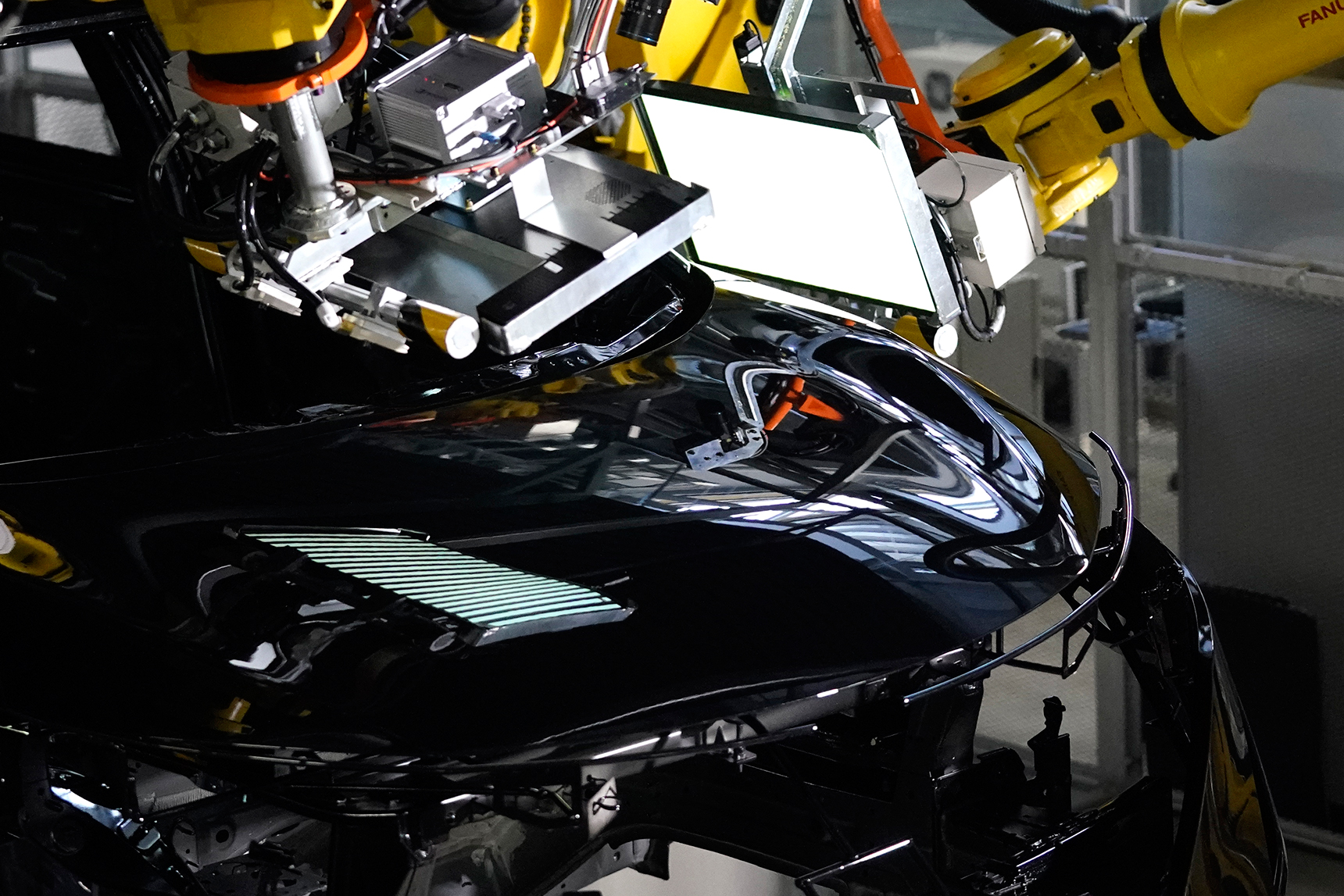
Integrated automated inspection system for specifications and flaws (1, 3)
- Six robots conduct inspections of specifications and identify flaws.
- The flaw detection rate is improved by using combined lighting for specification inspections and zebra lighting for flaw identification.
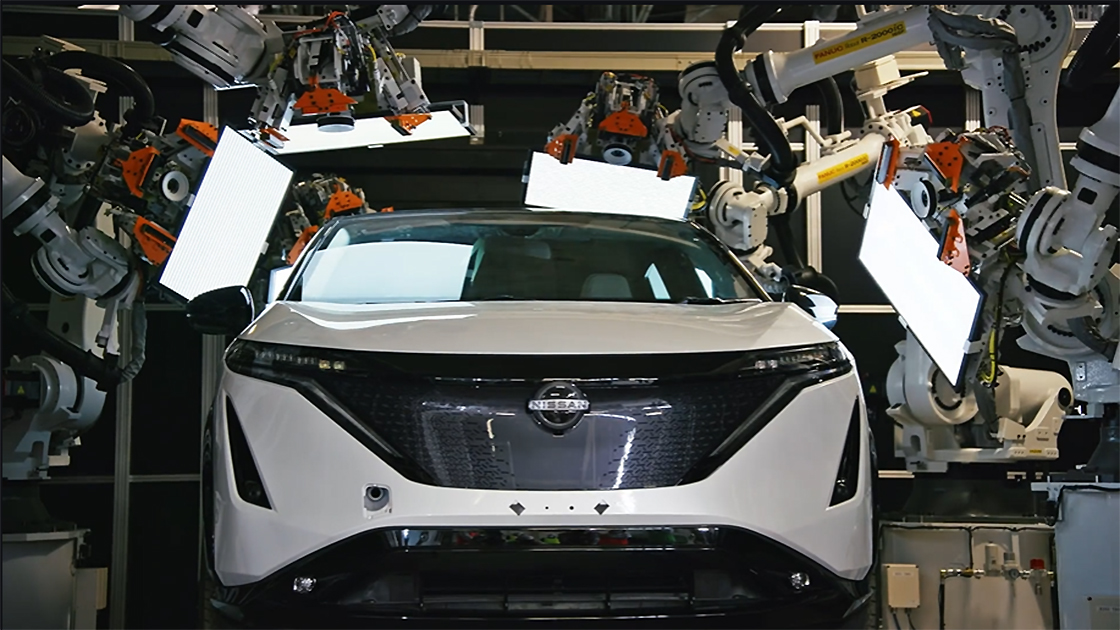
Integrated painting and baking of bodies and bumpers (4)
- Zero emissions are achieved by using dry powder to absorb paint mist and by reusing paint waste.
- Recycling air in the paint booth reduces energy consumption by 25 percent.
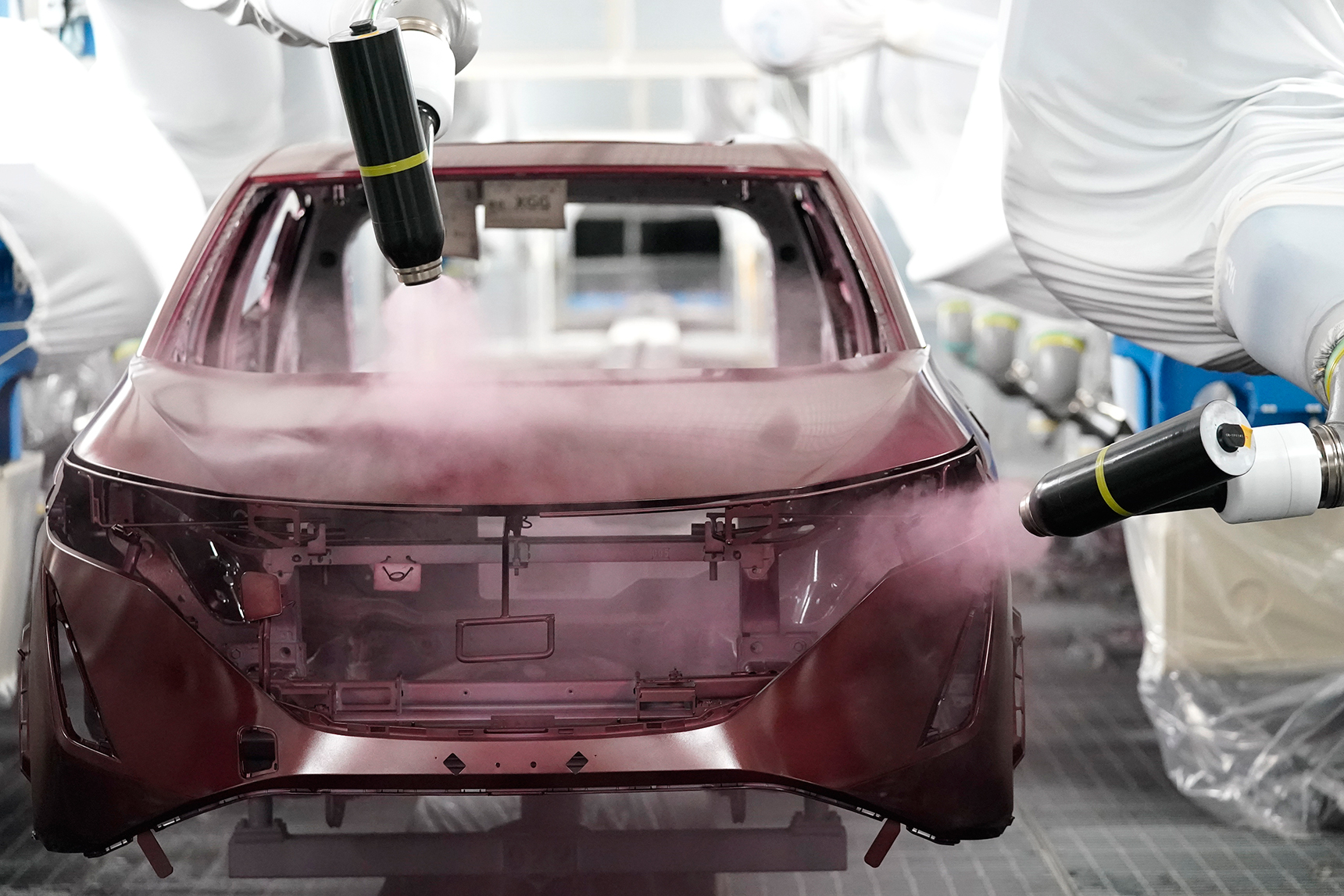
Dry paint booths utilize highly efficient air recycling (4)
- Zero emissions are achieved by using dry powder to absorb paint mist and by reusing paint waste.
- Recycling air in the paint booth reduces energy consumption by 25 percent.
IoT-based quality assurance management system (1)
- Automated quality inspections conducted in every process prevent human error.
- Inspection results for all production vehicles are automatically recorded, enhancing traceability.
Early operational proficiency achieved through digital technology (intelligent operation support system) (1)
- Early operational proficiency is achieved by utilizing mixed reality (MR) technology to conduct on-the-spot operational training while viewing the product on the production line.
Remote equipment maintenance (1)
- Equipment failure recovery time is reduced by 30 percent by using a centralized control room to connect information via the IoT network and to relay optimal recovery methods to maintenance staff in the field.
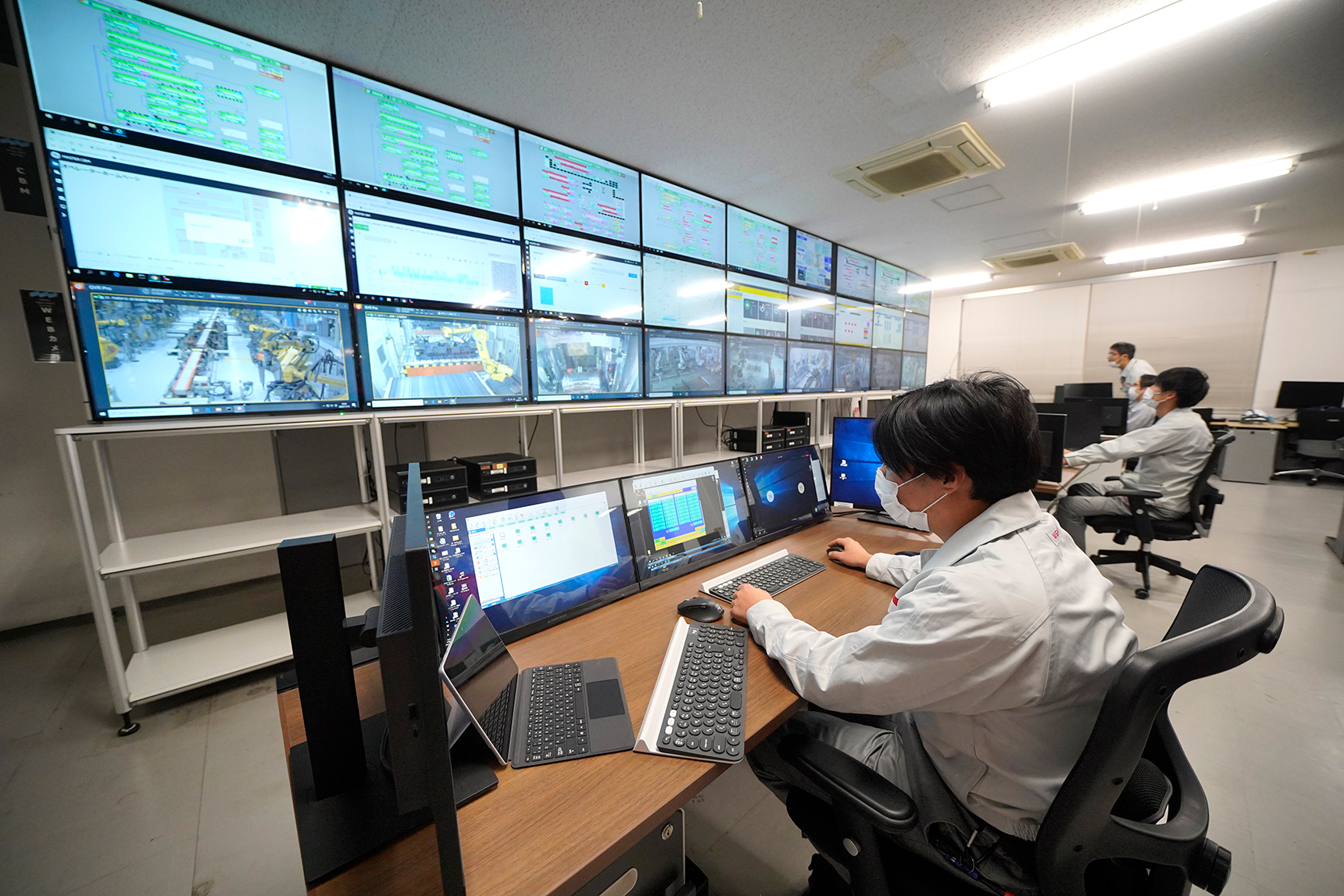
Equipment failure diagnostic system and predictive/preventive equipment maintenance (1)
- Equipment failure diagnostic system and predictive/preventive equipment maintenance (1)
- The system employs automated development of diagnostic logic and expanded use of highly accurate analysis methods.
- Constant measurement and monitoring at 1/100-second increments and automatic detection of signs of failure utilizing a variety of diagnostic methods reduces production loss to zero as much as possible.





